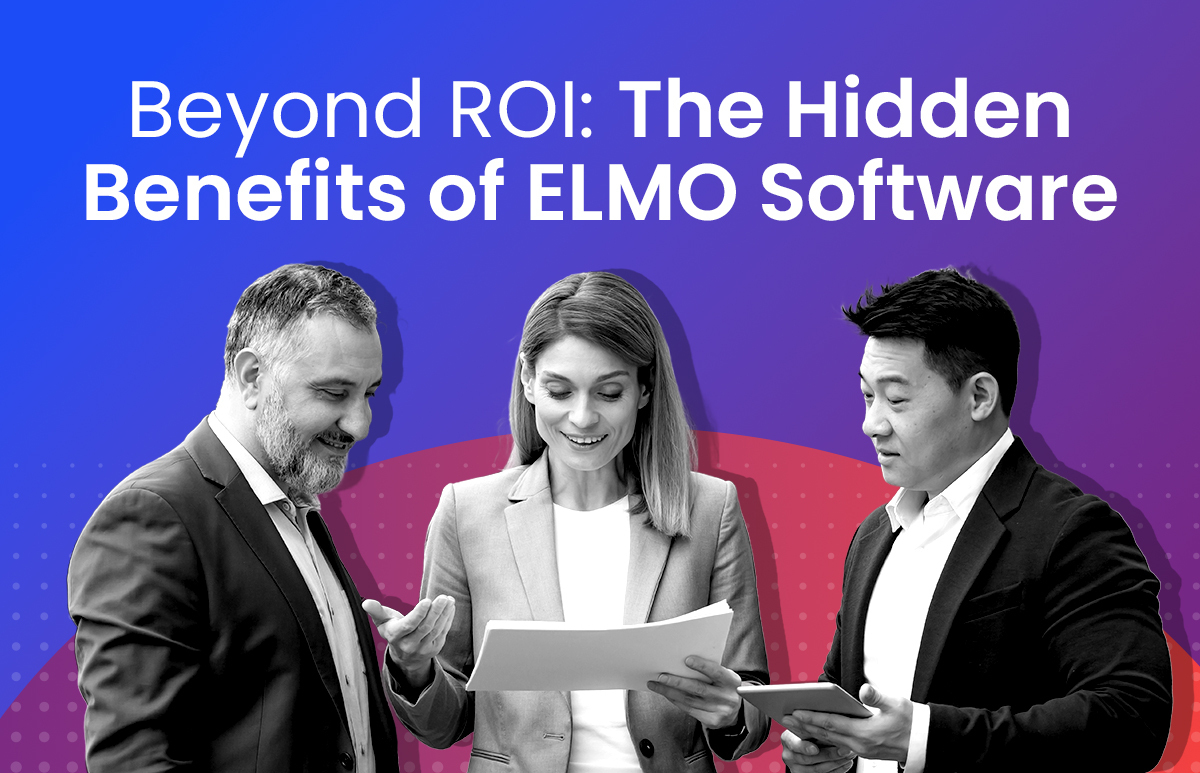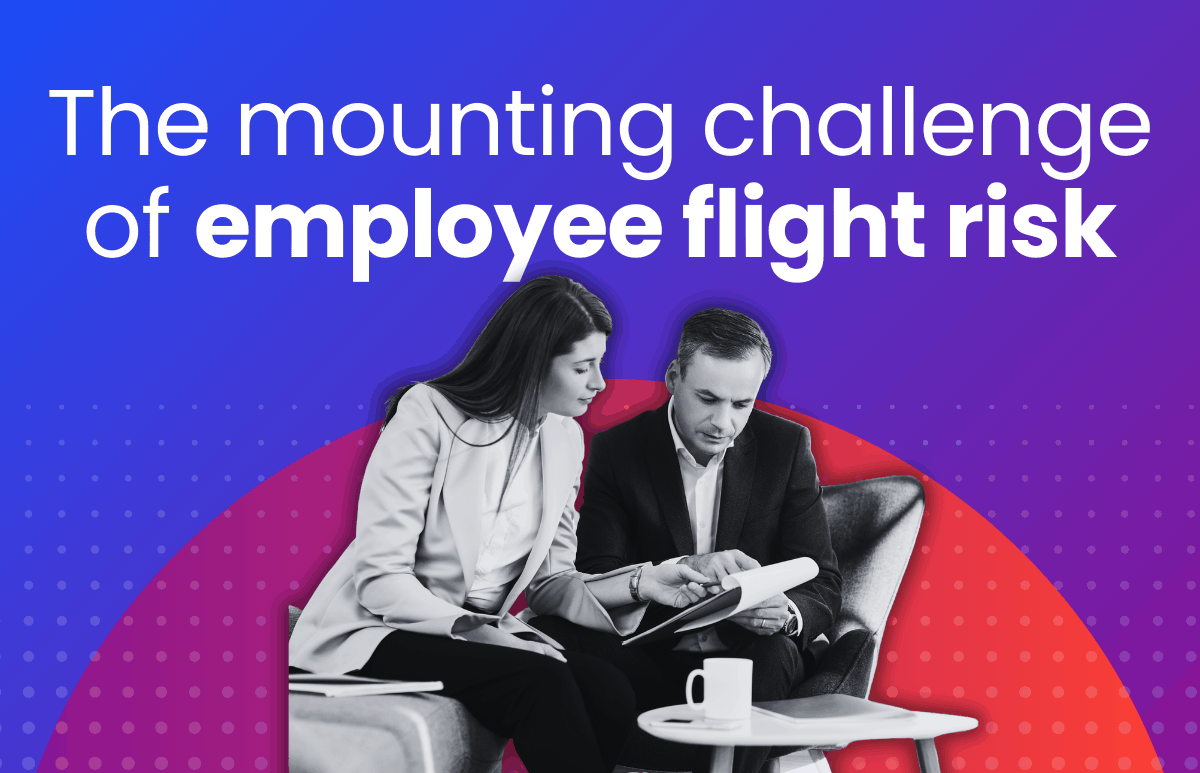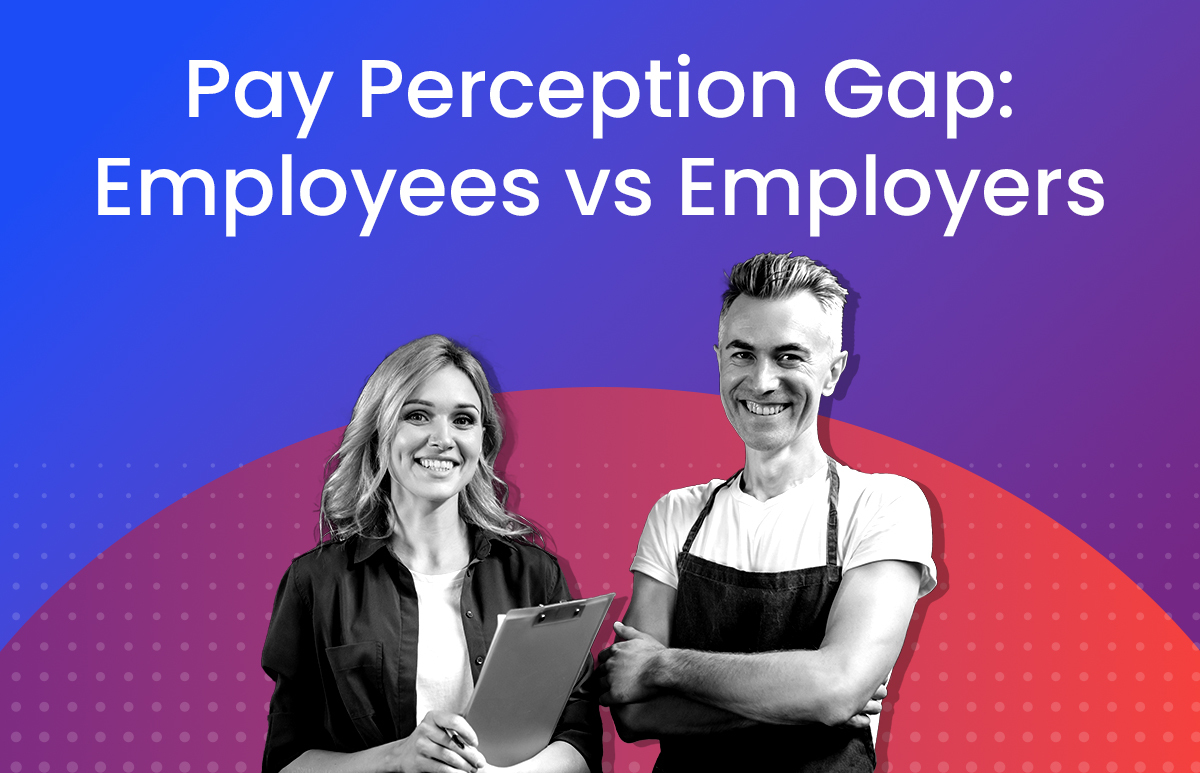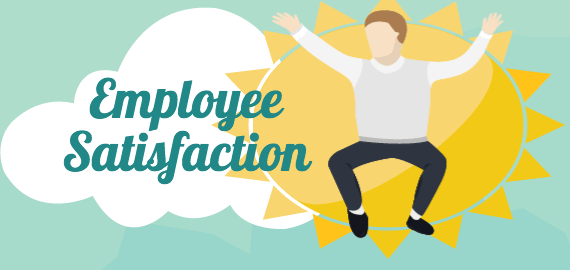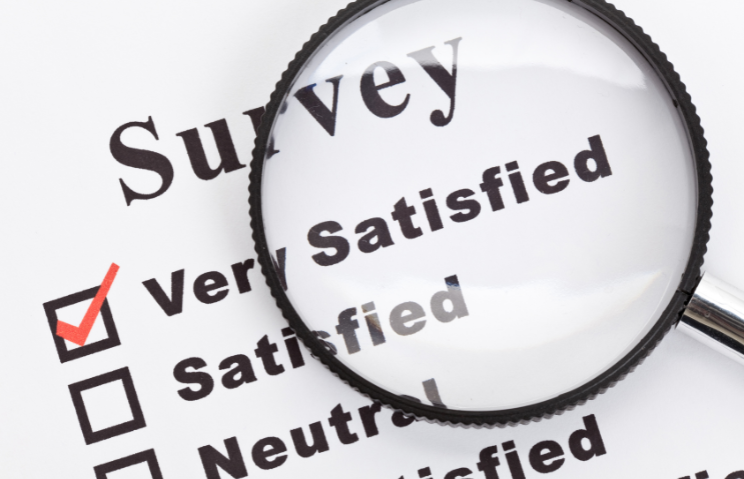Building the EX for a Hybrid Work Model

The end of an era…and the start of another
18 months ago, the way we work changed forever. People around the world were forced to work remotely – like it or not. And, as it turned out, many of us did like it.
According to a global study by PwC,[1] whereby 32,500 participants from 19 countries – including over 2000 Australians – were asked about their preferences for remote vs. in-person working, three-quarters (74%) of Australian workers expressed a preference for a hybrid working environment. 16% of workers expressed a preference for a wholly virtual place of work.
The sentiment is similar in New Zealand – when asked in a study whether they would like to continue to work from home, 67% of workers said they would like a mix of home-based and office-based working, perhaps working remotely a few times a week or month.[2]
Before the pandemic, attitudes around workplace flexibility were mired in tradition – tradition that favoured in-person, in-office work. Although the benefits of flexibility have been widely understood for years, adoption was slow…resistant even. In many organisations, flexibility was a ‘nice-to-have’, but not an expectation. An employer that allowed their employees a great degree of flexibility was something of a unicorn.
Now, despite employers being allowed to ask workers to return to the workplace (dependent on COVID-19 restrictions), many experts are declaring that the 9-5, Monday-Friday working week is redundant. Instead, a hybrid work model – a combination of in-office and at-home work – is here to stay.
Hybrid work means different things to different organisations, but whatever model is adopted, it will only be successful if the employee experience (EX) is at its centre.
What is the EX and why is it important in a hybrid model?
The EX is a loosely defined as all the touchpoints an employee has with their employer during their tenure. A positive EX means happy employees, and happy employees are more engaged, have higher job satisfaction and are more productive – all factors that have a positive impact on a business’s bottom line.
During the pandemic, the importance of the EX increased as employees leaned on their employers more than ever to address their basic needs of safety and security. Back in April 2020, HR guru Josh Bersin argued that the pandemic may be the best thing to happen to the EX due to an increased focus on employee wellbeing and productivity.[3] Other experts have suggested that remote working flattened hierarchies, as all employees were receiving information at the same time. Suddenly, the playing field evened up – there wasn’t anyone who wasn’t directly affected by COVID-19.
The hybrid model presents opportunities for companies to re-evaluate their EX – what it does well and the ways it engages employees, and what it lacks. An EX that is fit for a hybrid model is one that empowers, equips and connects all employees, regardless of where they are working.
How to bolster the EX in a hybrid environment: 4 tips
In a hybrid environment, the EX must be redesigned to incorporate both remote and in-person work. It must support work across a dispersed workforce whilst facilitating the best of both components and sustaining organisational culture. In order to create a successful EX, leaders must jump in with both feet.
Below are 4 tips for designing a hybrid-friendly EX that caters to everyone.
1. Embrace the hybrid model
To make a hybrid model work, leaders must embrace it. The companies that will fail will be the ones led by executives who are stuck in the past, resistant to change. It may be legal to mandate workers to return to the workplace, but it doesn’t mean it’s the right thing to do. Leaders must embrace the hybrid model for two reasons:
- Productivity: Gartner found that employees are more productive when they are offered more flexibility in how, when and where they work (48% of fully-remote employees reported high performance, compared to 35% who never work remotely).[4] However, remote work is only possible when there is trust: trust that people are doing their work and are not taking advantage of the system.
- Evolving needs: The world has evolved since the pandemic, and so have our behaviours, wants, needs and expectations. According to ELMO’s Employee Sentiment Index, remote / flexible work has consistently been a top priority for Australian and New Zealand workers throughout 2021. Companies that can’t get with the program and recognise that work must evolve also, will lose out. There must be a mindset shift.
2. Measure outcomes, not productivity
Prior to the pandemic, employers typically micromanaged employees by having them in one location. When employees are in the office, managers can oversee output and track productivity. However, in a hybrid setting, this doesn’t work.
In a hybrid setting, employers must relinquish control and switch gears to measure outcomes instead of productivity. This is because productivity and activity are so often confused – they are not the same thing; busyness does not equal results. What’s more, tracking activity of remote workers increases employees’ stress levels, whereas tracking outcomes increases accountability.
A hybrid model must facilitate regular communication between managers and their direct reports where they can discuss projects, feedback, challenges and expectations. What’s more, having cascading goals, where employees’ individual goals tie back to larger organisational goals enables workers to see how they are contributing to the business. Reminding employees that they are part of a bigger picture is motivating, especially in a hybrid setting where many workers are remote.
3. Facilitate optimal remote working
A hybrid model should highlight the benefits of remote working while recognising the drawbacks. Transparency is key, and employees should be encouraged to make their own decision about where they work, knowing that they are supported regardless.
To facilitate optimal remote working, employers must ensure there is:
- Technology: Implement technology to facilitate communication and collaboration between dispersed teams so they can stay connected.
- Support: Ensure there is IT support on-hand and strong security measures in place to lessen risk of security breaches.
- Communication: Communicate regularly with company-wide team meetings to keep employees informed about company news.
- Listening: To stay connected and ensure employees’ needs and experiences are being heard, employers should enhance their listening channels. Facilitating manager-employee meetings, conducting surveys and asking for feedback can result in increased employee engagement, psychological and physical wellbeing, and a sense of belonging. Find out more about the importance of surveying employees to measure engagement in ELMO’s blog.
4. Create an inspirational in-office experience
While there are many benefits to remote working – namely flexibility and productivity – employees and employers alike still find in-person collaboration important for boosting inspiration, collaboration and team morale. Additionally, offices often provide more resources than home offices, such as hardware, printing, meeting rooms, quiet workspaces, and communal areas.
Therefore, employers must ensure workspaces are fit for purpose and offer things remote working can’t. To optimise the in-office experience, employers should emphasise the highly collaborative nature of a co-working environment through interaction and engagement. For example:
- Collaboration: Team brainstorming is best conducted in-person, in inspiring and energetic environments. Host inclusive team meetings and work sessions in an open space with comfortable seating and clear displays to foster collaboration.
- Socialising: Another perk of an office environment is in-person socialising. Organize social events, like happy hours or wellness activities, or encourage informal team gatherings. Watercooler conversations are so often lost in remote conversations, but the office is rife with it.
An effective in-office EX boosts collaboration, creativity, and team bonding by energizing and inspiring employees. And it’ll be a space where employees love to spend part of their weeks.
Why personalised experiences are important
When it comes to the EX, a one-size-fits-all approach that targets ‘everyone’ often only caters to a small group of people. Therefore, it’s important to acknowledge people’s individual circumstances by personalising employees’ experiences. Create personalized experiences throughout an employee’s journey to make a lasting impact.
ELMO Experiences enables employers to prioritise the ‘moments that matter’ throughout the employee lifecycle using an easy-to-use journey builder. This provides employees with relevant and timely content that keeps them informed and helps them navigate change. Journey templates streamline HR processes by automating tasks based on time or events. Find out more here.
In this new era of work, employers must work harder than ever to engage their employees. A successful hybrid workplace supports both remote and in-office employees, fostering productivity and fulfillment.
ELMO Software is a cloud-based solution that helps thousands of organisations across Australia, New Zealand and the United Kingdom to effectively manage their people, process and pay. ELMO solutions span the entire employee lifecycle from ‘hire to retire’. They can be used together or stand-alone, and are configurable according to an organisation’s unique processes and workflows. Automate and streamline your operations to reduce costs, increase efficiency and bolster productivity. For further information, contact us.
[1] Upskilling Hopes and Fears, PwC, 2021
[2] “Remote working during COVID-19”, New Zealand National Survey: Initial Report July 2020, Work Futures OTAGO
[3] “COVID-19 may be the best thing that ever happened to employee engagement”, Josh Bersin, April 2020
[4] “Prepare for a hybrid future of work: Dispel seven myths to unleash the potential of the hybrid workforce”, Gartner, 2021
 HR Core
HR Core 